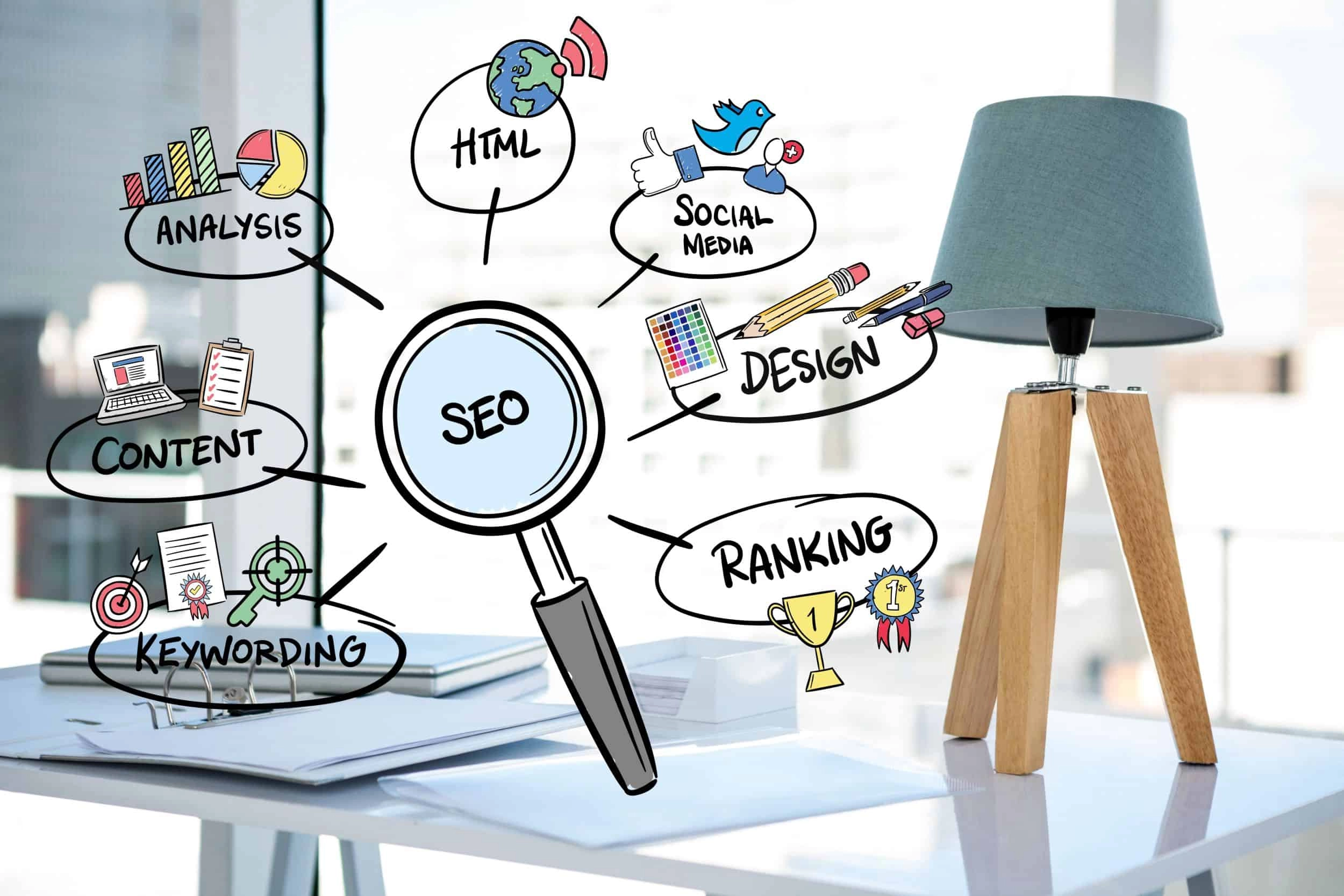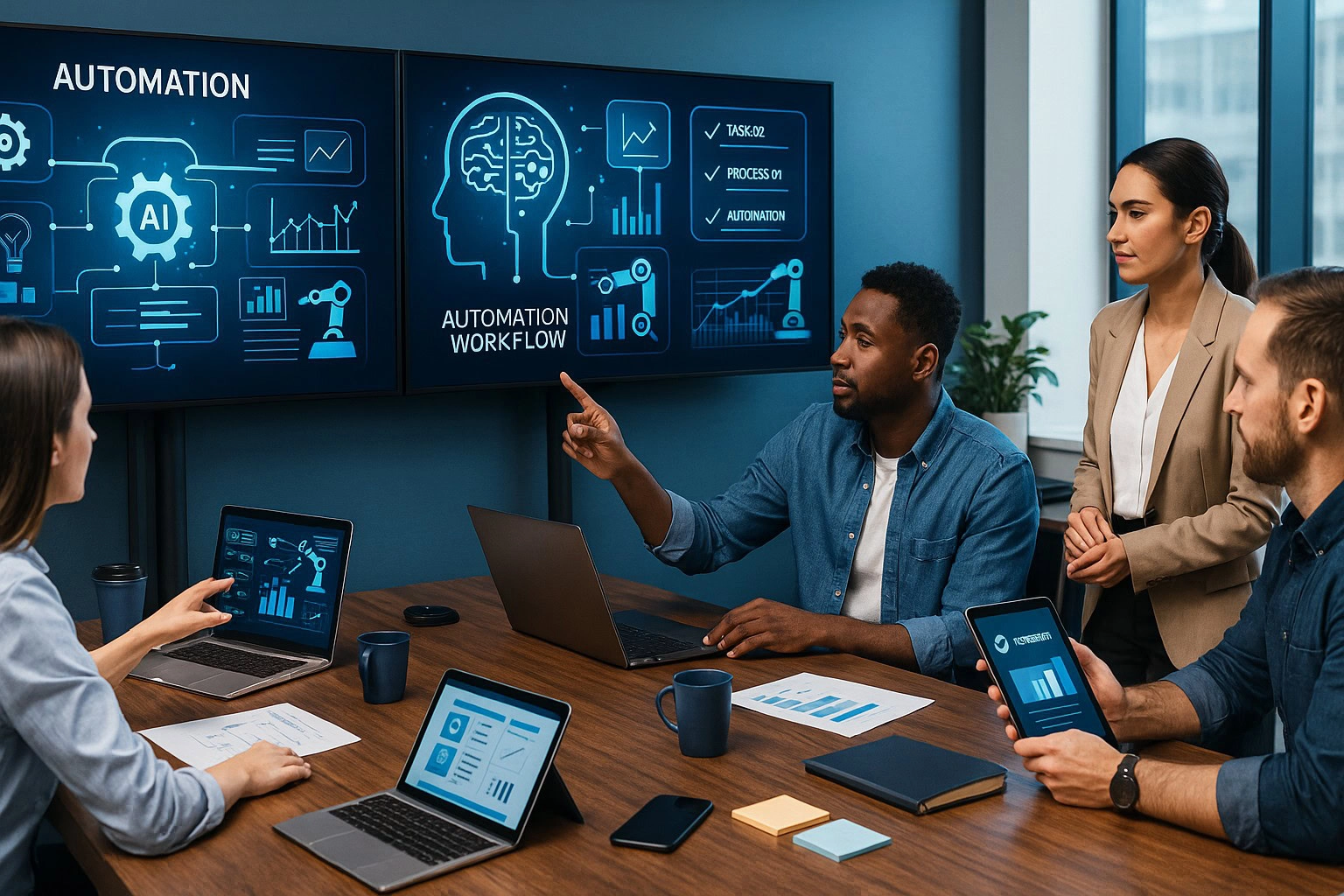You are launching a new website for your business or yourself, you want to generate large and long-term traffic, make money from the visitors, but you do not have money in your pocket. Content marketing may be a solution for you.
You have some budgeted per month for the first year and now you are wondering: How should I invest that money in digital marketing?
Many of clients usually have a dilemma between these points:
- Social media channels, especially Facebook pages,
- Ads: Facebook, Instagram and Google,
- Banners on portals,
- PR text on portals,
- Influencers.
If you have a larger budget, it makes sense to activate all the above measures.
Investing in content is the best thing you can do for your business if you do not have an inexhaustible wallet.
Content marketing – great way to invest and earn money
Few business people think about content, and even if they do plan it as a blog on the website, that content is usually written from memory. And a lot of content is short-lived for this reason, and the day it is published and shared on Facebook is current.
Therefore, it is better to consider targeted SEO optimized content marketing. In case you stopped here because you did not understand what we wrote: SEO content is the content that people find when they search Google for answers or solutions.
Everyone writes content, but if you know how to write content that lands high in search results for keywords that people are sure to search for (and we know this thanks to SEO tools), you’ll make a lot more revenue in the long run than if you are constantly pouring money into ads and the like.
Advertise vs. SEO
If you do not know the difference between advertising and SEO, you should know that advertising works immediately but depends on the size of your budget, while SEO is slow but not as expensive as advertising in the long run.
In the first time you need ads to create visibility and demand while you build on SEO as SEO is slow, meaning you will need at least 6 months to reap the rewards of Google search engine, but everything you invest in optimization will pay off many times/years over in the long run.
If you still do not know how to land on the first page of Google results, if you do not know the big difference between Facebook pages and Facebook groups, if you do not know how to create a good LinkedIn profile and communicate content, if you avoid email marketing and video content, it’s a nightmare. what you miss in targeted online SEO content marketing workshops.
You must learn:
- How to know what people want to read
- How to write content that sells
- Way to increase the number of visits to your website
- How to increase sales on the website
- Where and how to place content on social networks: Facebook, Instagram, LinkedIn, YouTube, TikTok, etc.
- An important role of email marketing
Search Engine Optimization
Search engine optimization is a continuous process in which we use certain techniques to improve your position in the search engines. One of the first steps of a successful SEO campaign is to determine your current position in your market compared to your main competitors. 
OnSite implementation
Targeted technical changes to the website are necessary to eliminate any SEO issues and make it easier for search engines to access and retrieve information. A technically well optimized website will also have much higher organic traffic.
Content optimization
Content needs to be high quality and informative to attract users, but it also needs to follow certain rules so search engines can recognize that quality.
Link building
High quality inbound links are one of the most important criteria for successful search engine optimization.
Reputation management
SEO also ensures that your products or services are positioned and presented in the best possible way.
SEO is a long-term business and results do not come overnight. It takes several months for the search engines to notice the changes we have made to your website and reward your website with a better position.
Types of SEO optimization
SEO does not only take place on your website. For example, video content on YouTube can also be optimized to make it easier for users to find.
There are 3 types of SEO, and we are increasingly talking about separate SEO areas (Content, Local, Mobile, YouTube, eCommerce SEO):
- On-page SEO – Title tags, H1-H6 tags, images Technical SEO – Enabling the web to be crawled (robots.txt file, sitemap, Search Console)
- Off-page SEO – link building and advertising
- Content SEO – revolves around keywords and content creation
- YouTube SEO – how to be found on YouTube
- Local SEO – add a local business schema to the homepage, open Google Business, etc.
- Mobile SEO – usability, mobile-ready eCommerce SEO – optimization category, product page, special category is Amazon SEO.
If you reduce your SEO optimization considerations to the level of these categories, it will be easier for you to create and implement your own optimization plan.
Investing in SEO is very profitable, but still, when it comes to digital marketing, most businesses do not look beyond the Facebook page, boost post, or Google ads.
How can you convince those in charge of your company to give SEO marketing a chance?
Why is it so hard to convince people to invest in SEO?
Because SEO is “invisible.”
Many do not believe in SEO. It’s not an SEO religion you do not believe in, but the truth is that its impact is invisible to many because there is no tangible mass like a new building. SEO is a tactic and needs a little validation so that others decide to invest in it. 
Maybe the boss has gotten burned on SEO before. Perhaps he worked with some people who told him about the power of search engine optimization and he paid them, but they were no good and the money was wasted. Maybe he has had experience with Black Hat SEO tactics so that his website was penalized after various Google updates, and now he is afraid that the same thing might happen to him.
Explain to your boss what to expect from SEO, why he has had negative experiences in the past, and put him at ease with one of the many statistics.
Here are a few to get you started:
- SEO leads to conversions 14.6% of the time (Hubspot)
- 85% of retailers believe SEO and paid Google ads on search engines are most effective in attracting new customers (SEW)
- 50% of all mobile searches are based on local results (SEW)
- 80% of all local searches result in a conversion (SEW)
If someone promises you to be on the first places on Google very quickly and guarantees you these results, you honestly become suspicious.
Conclusion
SEO delivers results in six months to a year or two, and it’s perfectly understandable that it’s not the first choice in marketing tactics for many. Many people want to see results immediately. Also, Google ads can get them “first on Google” at the top of the page, when in reality no one can guarantee you the first organic spot on the SERP (search results page).
SEO is a marathon, and while you are running it, do not forget to track your accounts with Invoice Crowd tools while tracking keywords and positioning on Google.


